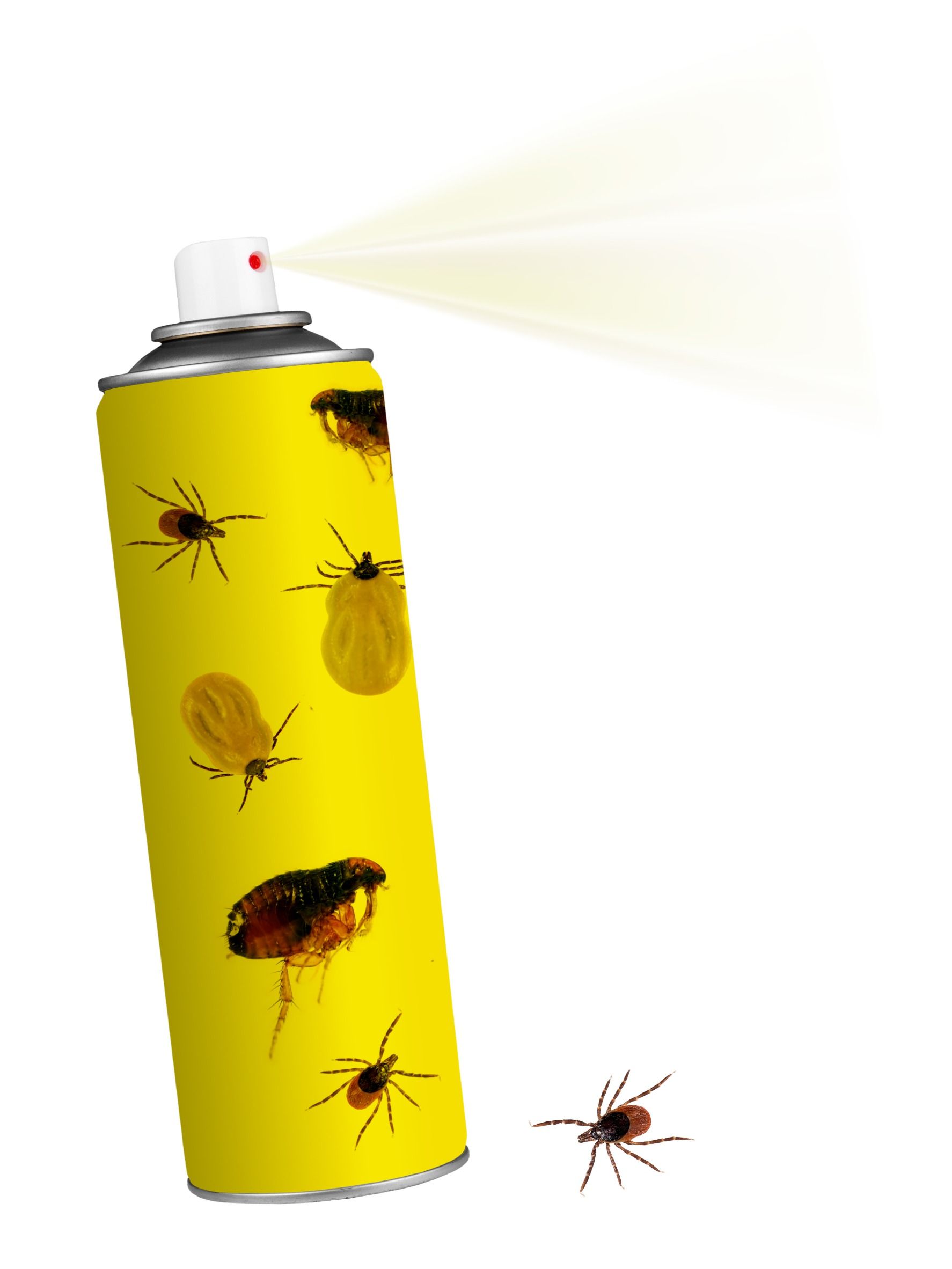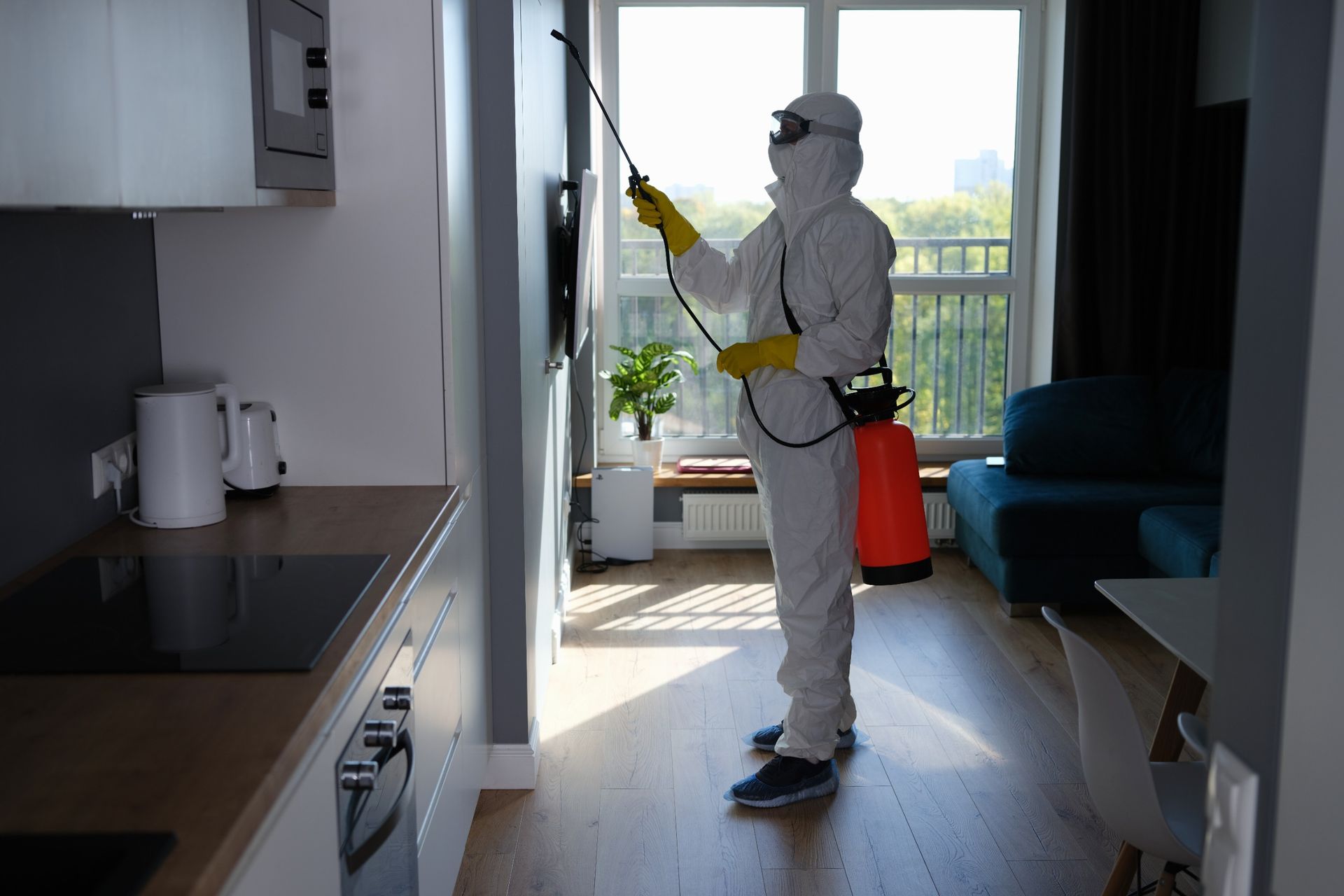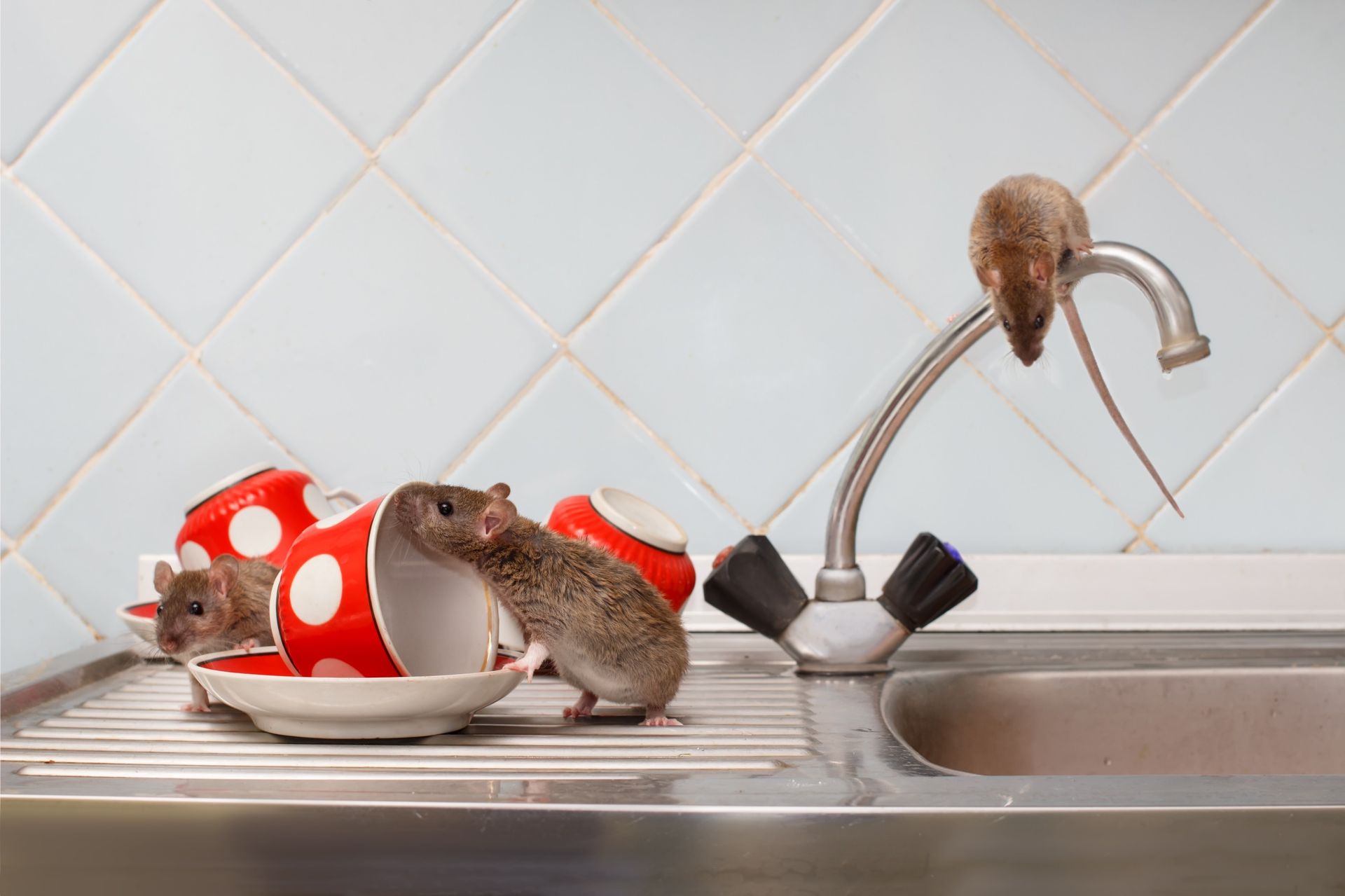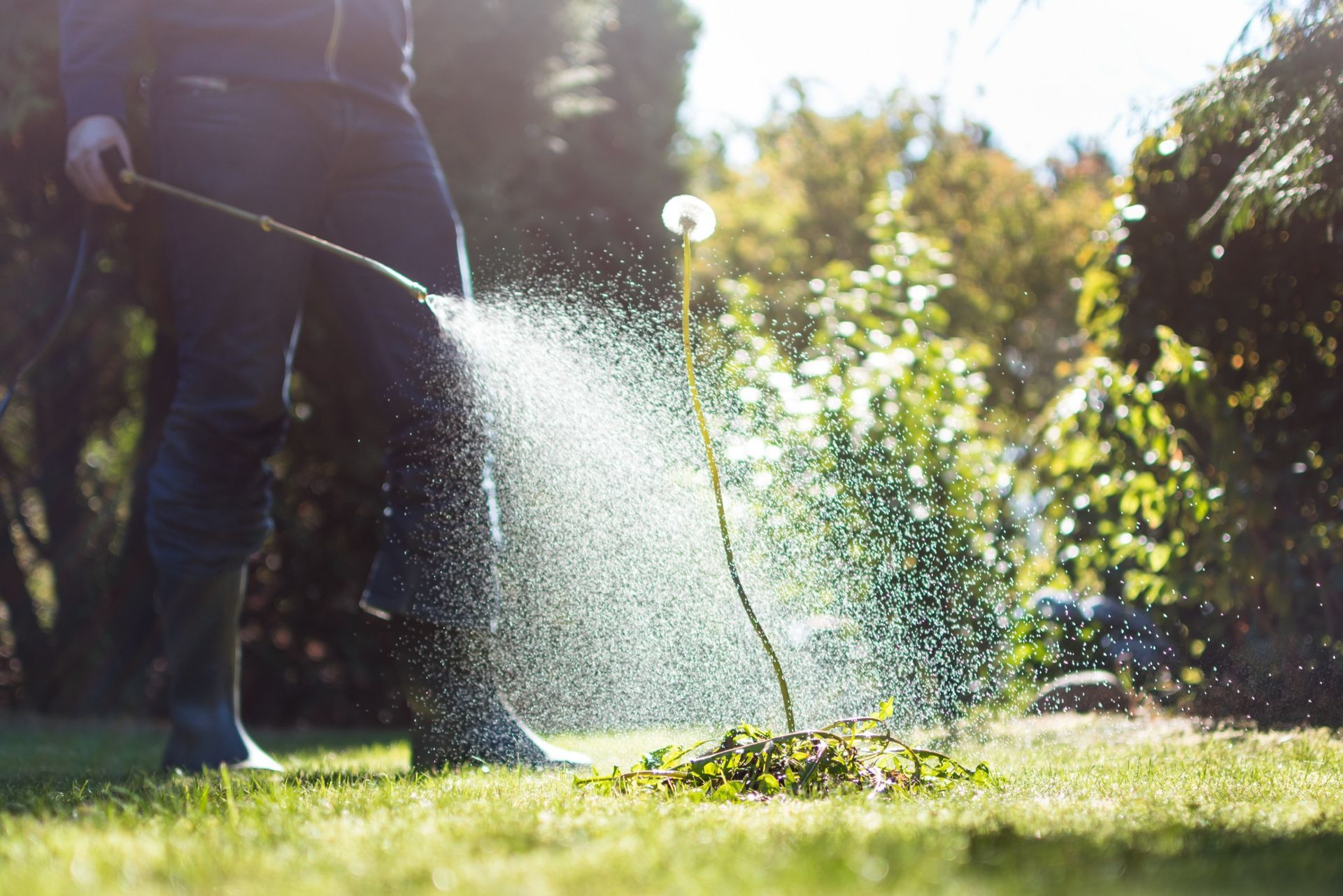9 Signs You've Overwatered Your Lawn and What to do Now
Overwatering your lawn can be a bigger problem than you might think. It can lead to weak roots, yellow grass, and even invite pests. But don't worry, you're not alone.
Many homeowners face this issue, especially those new to lawn care. Recognizing the signs early can save you time and money.
If you live in the Fort Worth,Texas area or surrounding cities, and have this problem there are many local landscapers ready to help.
Discover the common signs of overwatering and what you can do to fix it. Let's get your lawn back to its healthy, green self!
9 Signs of Overwatering
Yellowing Grass
One of the first noticeable signs of overwatering is yellowing grass. Excess moisture can suffocate the roots, preventing them from accessing oxygen. This can lead to discolored grass blades that turn yellow and limp.
Waterlogged Soil
Another sign to look out for is waterlogged soil. If the ground feels constantly soggy or spongy underfoot, it’s a clear indication that your lawn is receiving too much water. Over time, this can lead to soil erosion and fungal diseases.
Mushrooms and Fungi
An overwatered lawn creates a perfect breeding ground for fungi. If you notice mushrooms or other fungal growths, your lawn is probably staying too wet. These fungi thrive in damp conditions, and their presence can harm your grass.
Puddles on the Lawn
Seeing standing water or puddles form shortly after watering or rainfall indicates poor drainage. This is a sign that the soil cannot absorb water fast enough, often because it’s already saturated. Addressing this early can prevent root rot and other serious issues.
Loose or Weedy Turf
Overwatering can weaken your grass, making it more susceptible to weed invasions. You may notice an increase in weed growth as the turf becomes looser. This not only impacts the appearance of your lawn but also its health and longevity.
Thatch Build-Up
Look for a thick layer of thatch, which is a mix of dead and living plant material that accumulates between the grass and the soil. Although some thatch is normal, excessive amounts can be a sign of overwatering. Thatch can inhibit the penetration of water, air, and nutrients.
Effects of Overwatering
Root Rot
One of the most significant risks of overwatering is root rot. When soil remains saturated for an extended period, it can suffocate the roots, depriving them of the oxygen they need to thrive. Over time, this leads to rotting roots, which can kill patches of your lawn or even the entire area if left unchecked.
Nutrient Deficiency
Overwatering can also wash away essential nutrients from the soil, leading to deficiencies that affect your grass's growth and health. You might notice that your lawn looks dull, lacks the vibrant green color it once had, or grows more slowly.
Key Nutrients Lost Due to Overwatering:
- Nitrogen
- Phosphorus
- Potassium
These nutrients are critical for maintaining a healthy lawn, and their deficiency can cause lasting damage if not addressed promptly.
How to Test for Overwatering
Testing your lawn for overwatering is crucial in diagnosing and resolving the issue. Here are some simple methods to determine if you're giving your lawn too much water:
Soil Moisture Test
- Dig a Small Hole: Dig down about 6 inches in your lawn using a trowel. Check the soil's moisture at the bottom of the hole.
- Feel the Soil: Take a small amount of soil from the hole and squeeze it. If water seeps out or the soil feels very wet, it's a sign of overwatering.
- Check the Roots: Examine the roots of the grass. Healthy roots should be white and firm, while overwatered roots often appear brown and mushy.
Use a Soil Moisture Sensor
A more high-tech method involves a soil moisture sensor. These devices are easy to use and provide accurate readings of soil moisture levels.
- Insert the Sensor: Place the sensor probes into the soil at various locations around your lawn.
- Read the Results: High moisture readings indicate overwatering. Aim for moderate readings to maintain a healthy lawn.
Steps to Correct Overwatering
Correcting overwatering involves a few proactive steps. By taking these actions, you can restore your lawn's health and prevent further damage.
Adjust Your Watering Schedule
The first step is to revisit your watering routine. Instead of frequent, shallow watering, consider the following approach:
- Water Deeply But Infrequently: Aim for deeper watering sessions that occur less often. This encourages the roots to grow deeper into the soil, making your lawn more resilient.
- Early Morning Watering: Water your lawn early in the morning to give the grass time to absorb the moisture before the heat of the day. This also reduces the chances of fungal growth.
Improve Soil Drainage
Ensuring your lawn has proper drainage is essential to prevent overwatering. Here are some methods to enhance soil drainage:
- Aeration: Aerating your lawn can alleviate soil compaction, allowing water to flow more freely and reach the roots more effectively. Use a lawn aerator to create small holes in the soil.
- Organic Matter: Adding compost or other organic matter can improve soil structure and increase its water-holding capacity. This helps maintain balanced moisture levels.
Reduce Water Runoff
Excess water runoff can worsen overwatering problems. Implement these strategies to minimize runoff:
- Rain Barrels: Install rain barrels to collect and reuse rainwater. This not only conserves water but also reduces soil saturation.
- Level Your Lawn: Ensure your lawn is leveled to prevent water from pooling in low areas. Re-grading might be necessary in severe cases.
Preventing Overwatering in the Future
Understand Your Lawn's Needs
Every lawn is unique, so understanding its specific needs is crucial to prevent overwatering.
- Know Your Grass Type: Different grass types have varying water requirements. Make sure to research and understand how much water your specific grass needs.
- Monitor Weather Conditions: Be mindful of the weather and adjust your watering schedule accordingly. If it's been raining frequently, reduce your watering to avoid saturating the soil.
Invest in Smart Watering Solutions
Advancements in technology have made lawn care more manageable and precise.
- Smart Irrigation Systems: These systems can be programmed to adjust watering schedules based on real-time weather data, ensuring your lawn gets the right amount of water.
- Drip Irrigation: Implementing a drip irrigation system can help target the root zones directly, minimizing water waste and preventing overwatering.
Regular Lawn Maintenance
Routine care and maintenance can contribute significantly to preventing overwatering issues.
Mow Correctly:
- Keep your mower blades sharp to ensure clean cuts.
- Avoid cutting the grass too short; a longer lawn can retain moisture better and reduce the need for frequent watering.
Fertilize Properly:
- Use a balanced fertilizer to promote healthy growth.
- Be cautious not to over-fertilize, as it can increase the lawn's water requirements.
Conduct Periodic Checks
Regular inspection of your lawn can help you stay ahead of potential overwatering problems.
- Check for Compaction: Compacted soil can hinder water absorption. Aerate your lawn at least once a year.
- Inspect Sprinkler Heads: Ensure that sprinkler heads are functioning properly and covering the intended areas without over-saturating any spot.
Conclusion
By paying attention to your lawn's needs, utilizing smart technologies, and performing routine maintenance, you can effectively prevent overwatering and maintain a vibrant, healthy lawn.
Not only will this save you time and money, but it will also contribute to a sustainable and eco-friendly garden.
For more personalized advice and services, consider consulting local experts or landscapers in your area today.









